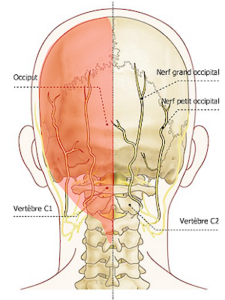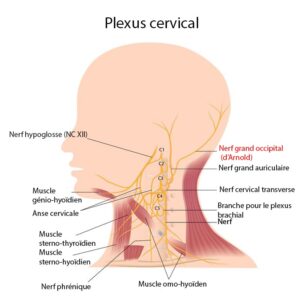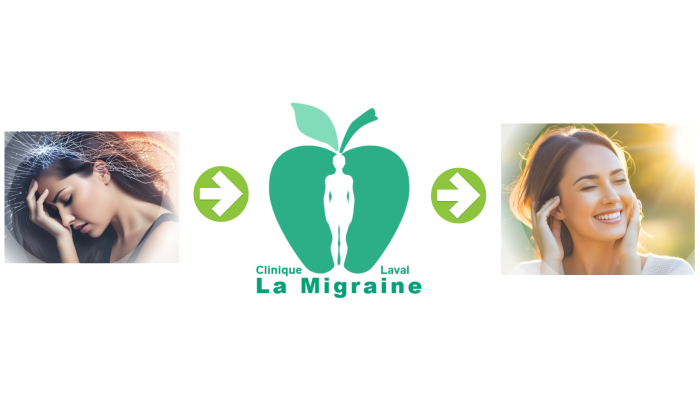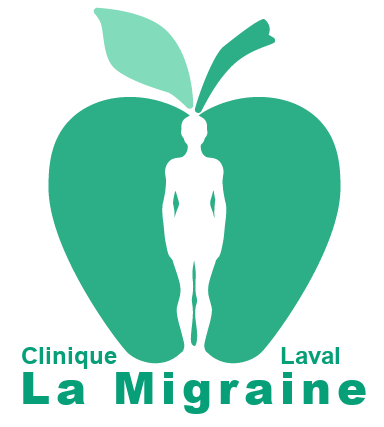We fully understand what you are going through: Finally relieve your Arnold’s neuralgia.
Arnold’s neuralgia is not just a simple headache. Sharp or throbbing pain at the back of the skull, radiating towards the temples or eyes, neck stiffness… These symptoms can profoundly disrupt your daily life, leaving you exhausted and frustrated.
At the Clinic La Migraine, we have dedicated more than twenty years to the study and treatment of pain related to migraines and neuralgia, including Arnold’s neuralgia. We know how to recognize the signs, identify the causes, and understand the impact on your personal and professional life. We are here to offer concrete solutions tailored to your situation.
>Tangible Solutions, Proven Results
-
Reduction of over 70% in the intensity, frequency, or duration of episodes in the greater majority of our patients.
-
Personalized approaches tailored to your history and lifestyle.
-
Over 20 years of proven expertise in treating chronic, hormonal, vestibular migraines, and more.
>A team that understands and supports you.
- Attentive listening to your unique situation and needs.
- Treatment plans tailored to your progress, continuously reviewed for optimal effectiveness.
- Compassionate care with Dr. Daniel Lachance, chiropractor, to help you take control of your life again.
>Do not let your Arnold’s neuralgia dictate your day
You deserve to regain peace and freedom. Contact us today to schedule an appointment and discover how our methods can alleviate your headaches… or even make them disappear.
Contact us now or call 450-689-1223.
Life is too short to spend it in pain. Don’t wait any longer: you have the right to live fully.
Arnold’s Neuralgia: Symptoms, Causes, Diagnosis, and Treatment
Synonyms: Arnold’s Syndrome; Arnold’s Headache; Occipital Neuralgia
What is Arnold’s Neuralgia?
Arnold’s Neuralgia, also known as Arnold’s Syndrome or Arnold’s Headache, is a condition characterized by intense pain along the occipital nerve (also known as the Arnold nerve), located at the back of the neck and head. This occipital nerve can become irritated or compressed, causing sharp, burning, or tingling pain.
The Arnold nerve originates from the second cervical root, located between the first and second vertebrae of the neck (C1 and C2). It ascends along a path to the top of the skull, where it ends in the scalp.
During its course, this nerve crosses three muscles responsible for various movements of the head: the inferior oblique muscle of the head (or large oblique), the superior oblique muscle of the head (or small oblique), and the rectus capitis posterior major muscle.
These muscles, crucial for various head movements, play a key role in the complexity of anatomy. Their proximity to the Arnold nerve creates a situation where it can become irritated or compressed, thus contributing to the manifestations of Arnold neuralgia. We have two of these nerves, one on each side of the head.
It is also important to note that Arnold’s neuralgia is not considered a migraine, but is indeed a type of headache.


Images’ sources: https://chiroste-foy.com/nevralgie-darnold/
Symptoms of Arnold’s Neuralgia
Arnold neuralgia manifests through a range of characteristic symptoms, including stabbing pains, burning sensations, tingling, severe headaches, and scalp sensitivity in the occipital nerve region.
Patients may experience intense pain at the back of the head, often unilateral (on one side), accompanied by headaches, localized pain in the occipital region, tingling and numbness sensations, as well as increased scalp sensitivity, and sometimes migraines. These distinctive symptoms require a thorough and precise evaluation for an accurate diagnosis and effective management of Arnold neuralgia.
Arnold’s Neuralgia’s Causes
The origins of Arnold neuralgia can stem from various circumstances. As mentioned earlier, since the occipital nerve passes over and through certain muscles responsible for movements, it can easily become trapped or irritated, sometimes triggering migraines, particularly with the inferior oblique muscle of the head.
Among other factors, injuries, issues in the neck, stress and anxiety, or even prolonged head posture can contribute to the onset of Arnold neuralgia, causing painful episodes in the occipital region.
Understanding these potential triggers is important to better grasp the condition and explore appropriate management approaches.
Diagnostic of Arnold’s Neuralgia
The diagnosis typically involves a physical examination, an assessment of the patient’s medical history, and sometimes imaging tests like MRIs to rule out other possible causes of head and neck pain.
Treatment Options
Due to the underlying nature of Arnold’s neuralgia, characterized by the irritation or compression of the nerve by muscles and vertebrae, targeted therapies prove to be highly effective approaches. With a profound understanding of nerves and vertebrae, we can alleviate Arnold’s nerve irritation, thereby helping to relieve migraines associated with this phenomenon.
The Clinic La Migraine excels not only in the theoretical understanding of Arnold’s neuralgia but also boasts over 20 years of successful experience in treating similar cases, achieving positive results (a 70% reduction in intensity and/or frequency). Some patients have even experienced spectacular outcomes, including the complete alleviation of headaches and/or migraines. You will thus benefit from proven experience to guide you on your journey towards symptom relief.
Other treatment options may include approaches such as pain-relieving medications, corticosteroid injections, or even surgical interventions in more severe cases. However, we recommend scheduling an initial consultation at La Migraine Clinic to discuss your possible options.
Prevention and Long Term Management
Lifestyle changes, stress management techniques, and cervical strengthening exercises can help prevent or reduce symptoms of Arnold’s neuralgia in the long term. The clinic La Migraine also provides personalized maintenance programs for this purpose.
Tips to help during a crisis
During an Arnold’s neuralgia attack, it is possible to diminish the symptoms a little by applying ice or a cold compress at the base of your skull (top part of your neck) for 10 to 15 minutes 3 to 4 times a day. This is only to help reduce and endure the attack, it does not prevent nor cease it.
Contact Form– We’re accepting new patients
We would be delighted to assist you and discuss your migraines. No referral is necessary. Simply fill out this form and submit it, and we will get in touch with you.
You are on the right path to your first consultation and relief from migraines!
or call us directly:

